Ruaka and Lang’ata See Land Price Decline Amid Changing Market Trends
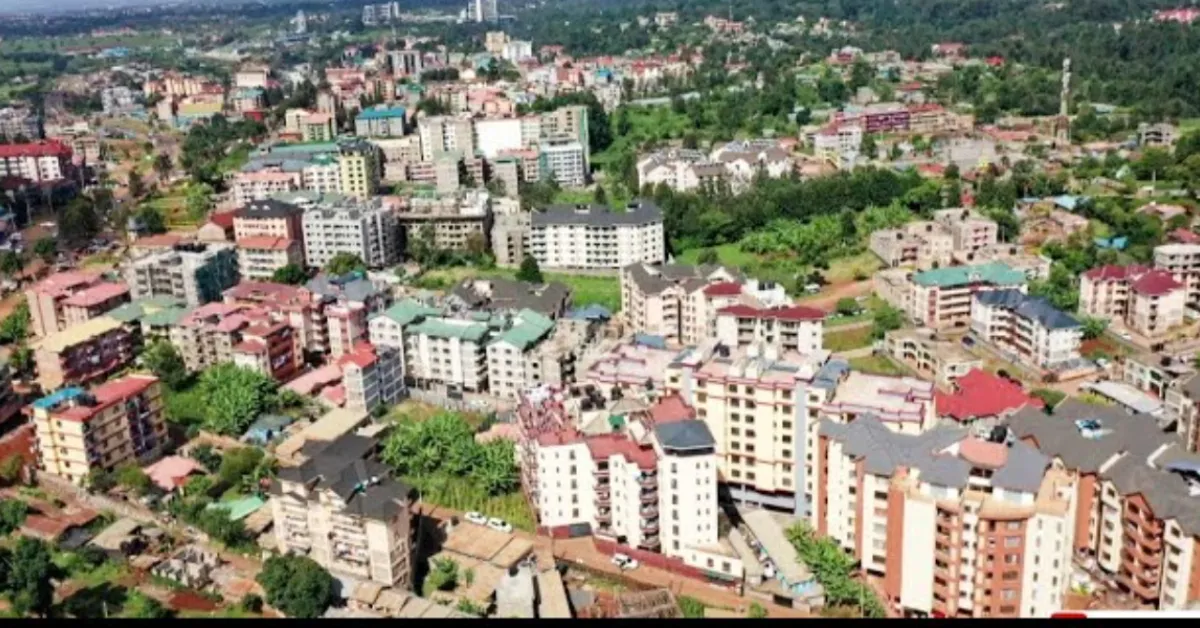
Nairobi's land market demonstrated renewed vigour in the first quarter of 2025, according to a recent HassConsult survey released on April 29.
The survey revealed a diversified growth pattern across the county, with satellite towns emerging as key drivers of this resurgence amid evolving buyer preferences. The report indicates that while established estates such as Ruaka (0.1%), Lang’ata (0.9%), and Ridgeways (1.6%) experienced moderate increases, satellite towns, including Kiserian and Juja, exhibited more robust growth, increasing by 5% and 4.6% respectively.
An acre of land in Kiserian averaged Ksh12 million, while Juja reached Ksh24 million. Thika also saw significant activity, with land prices rising to Ksh30 million per acre. High-end estates within Nairobi also experienced growth, albeit at varying rates. Lavington, Kileleshwa, and Riverside witnessed land values grow by 1.3%, 2.8%, and 2.4%, respectively, with acre prices at Ksh265 million, Ksh321 million, and Ksh348 million.
Other upscale neighbourhoods like Gigiri, Karen, Kilimani, and Kitisuru reported positive growth ranging from 1.2% to 2.9%, showing continued interest in established zones. Additionally, marginal gains were observed in areas such as Loresho, Muthaiga, and Muthangari. Sakina Hassanali, Creative Director at HassConsult, attributes the trends to changing buyer sensitivities amid challenging economic conditions.
She notes that satellite towns with lower entry price points outperformed costlier areas, reflecting heightened caution among buyers during the quarter. Hassanali further highlights the increasing appeal of low-density zones, where detached houses are becoming increasingly favoured over apartments and semi-detached units.
This recent growth marks a shift from the depreciation observed in the final quarter of 2024, when economic uncertainty dampened demand across many Nairobi neighbourhoods. The previous decline was linked to factors such as high-interest rates, job losses, and developers deferring acquisition decisions. Areas such as Gigiri, Kitisuru, and Kiambu bore the brunt of this downturn.

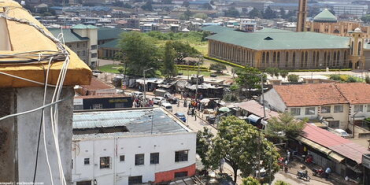

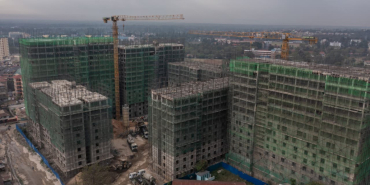

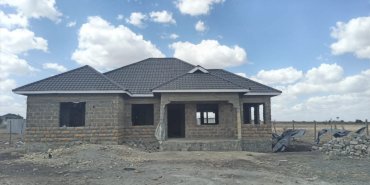
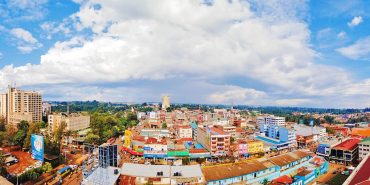
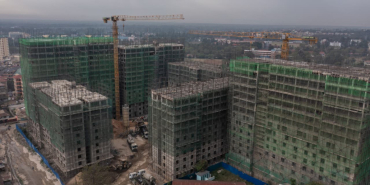
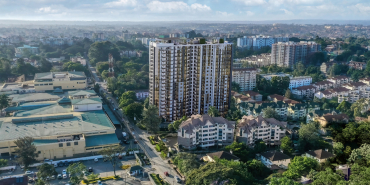
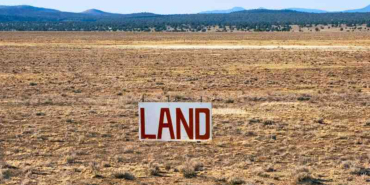




Add new comment